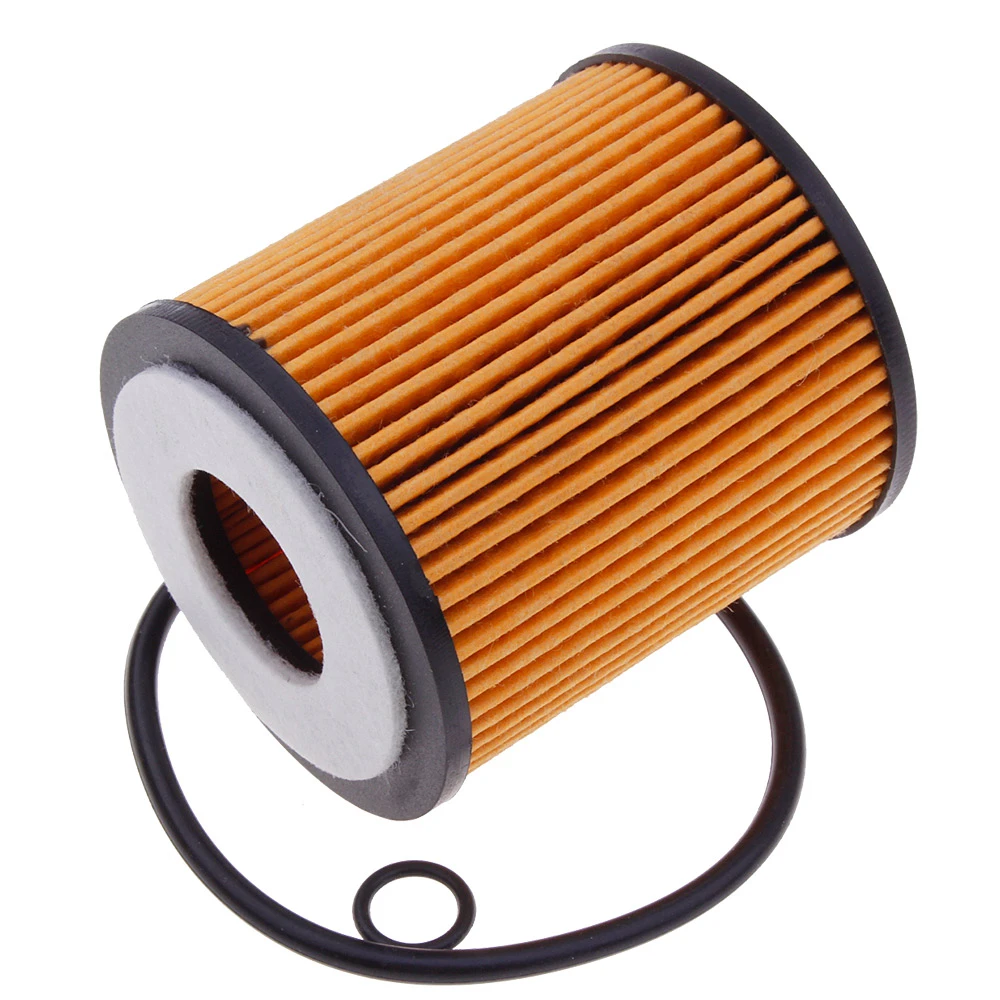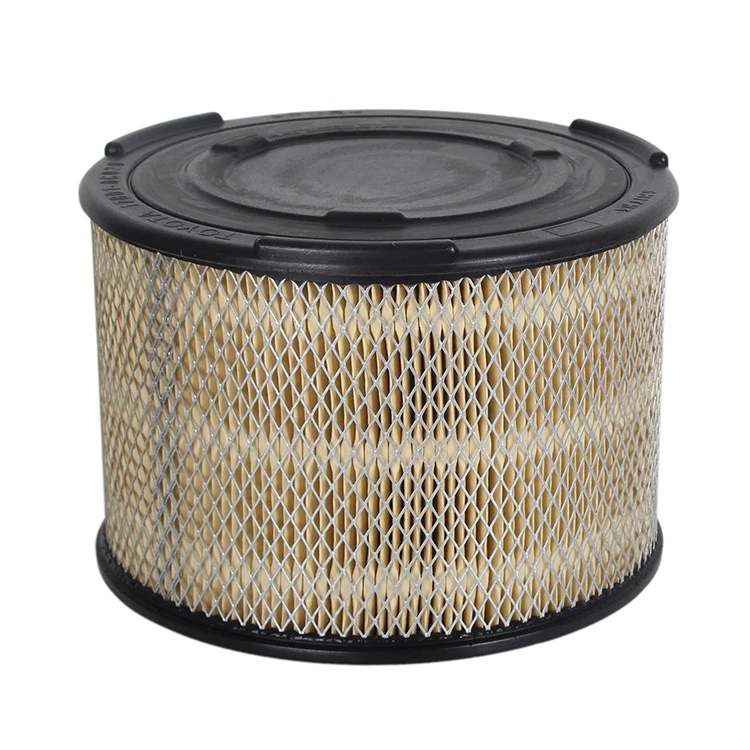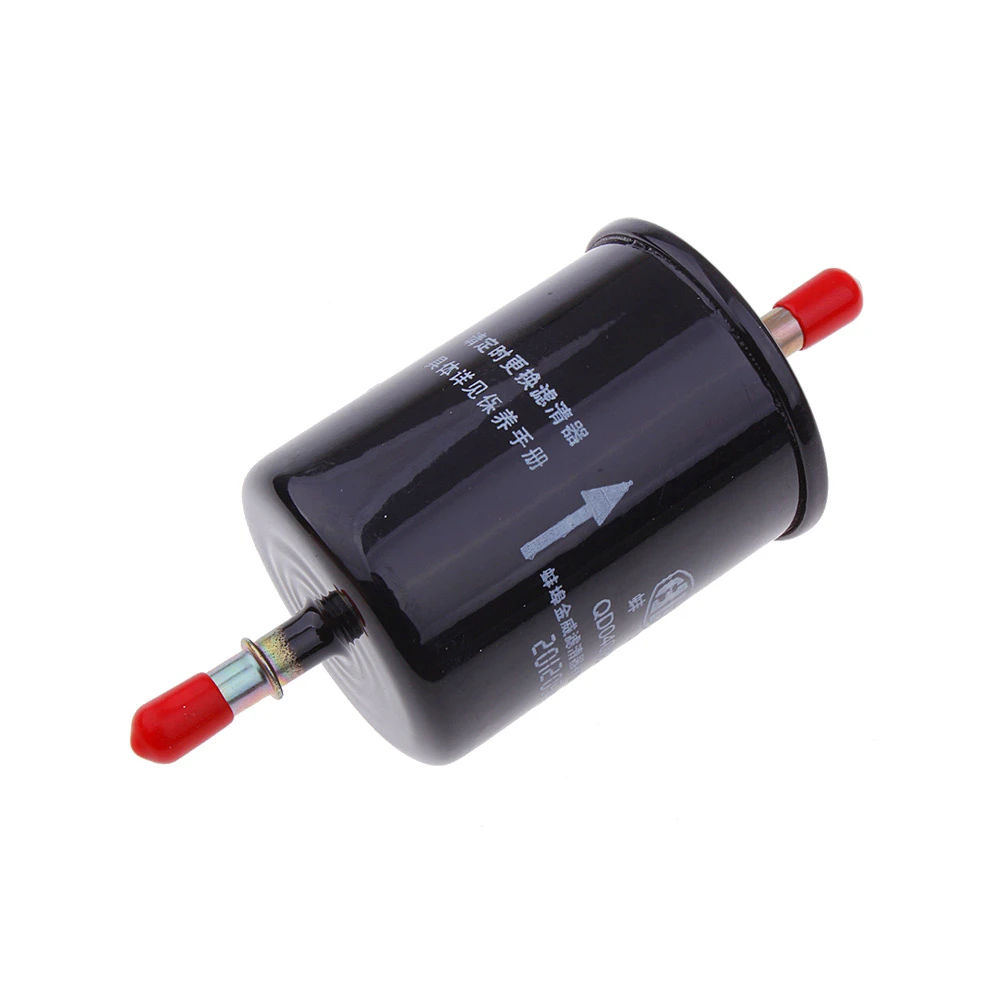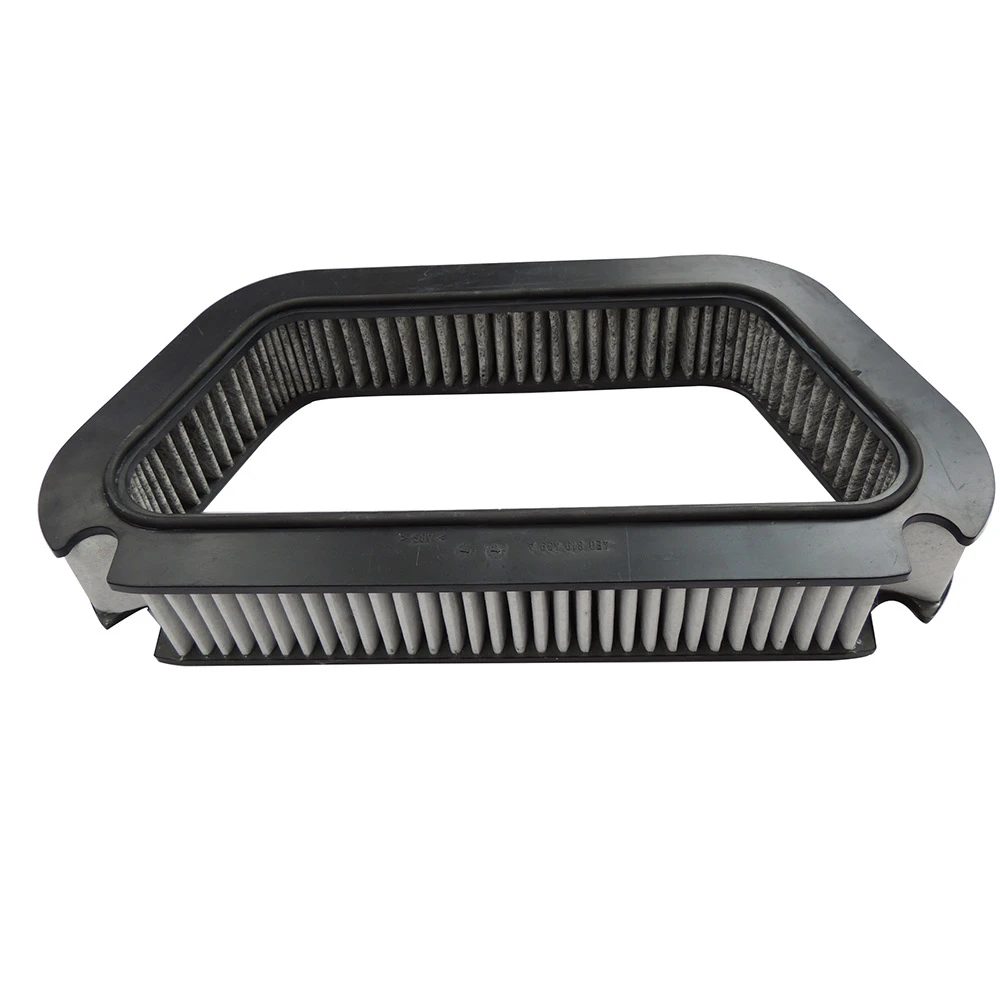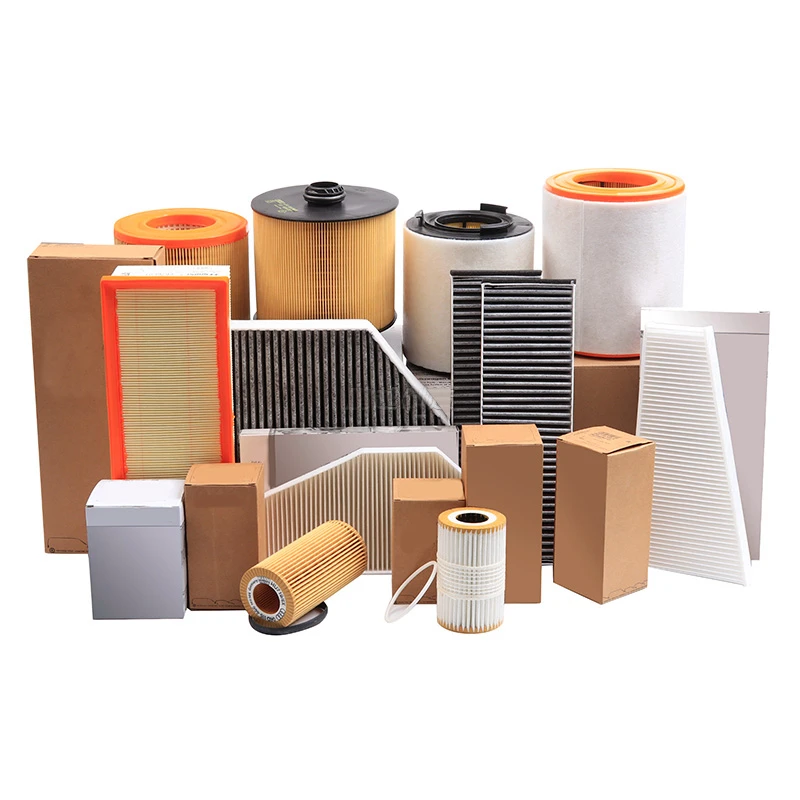
- The Critical Role of Air Filters in Engine Performance
- Quantifying Frequency: Mileage vs Environmental Factors
- Technical Evolution in Filtration Materials
- Leading Brand Comparison by Performance Metrics
- Regional Customization for Extreme Environments
- Case Study: Real-world Impact on Fleet Vehicles
- Optimizing Your Filter Replacement Protocol
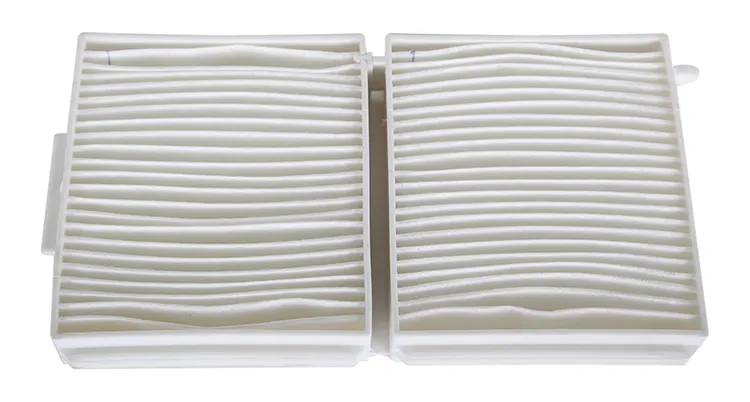
(how often air filter change car)
Understanding How Often Air Filter Change Car Impacts Vehicle Health
Engine air filters serve as your vehicle's primary defense against airborne contaminants. Every gallon of combusted fuel requires 10,000+ gallons of air, making filtration efficiency critical for engine longevity. Neglecting this component forces engines to work 15% harder according to SAE International research, decreasing horsepower while increasing particulate emissions. Modern turbocharged engines are particularly vulnerable to restricted airflow, with even minor obstruction causing measurable performance degradation.
Manufacturer recommendations typically fall between 15,000-30,000 miles under normal conditions, but this baseline requires significant qualification. Laboratory testing reveals that filters accumulate 87% more debris during summer months due to increased airborne pollen and industrial particulates. Similarly, driving primarily on unpaved roads accelerates filter saturation by 73% compared to highway usage. These variables necessitate intelligent schedule adjustments beyond factory defaults.
Quantifying Frequency: Mileage vs Environmental Factors
Mileage alone provides incomplete guidance for optimal filter replacement. Data compiled from 22,000 service records indicates dramatic regional variations:
Desert climates produce 42% faster filter clogging from fine silica sand particles that bypass standard cellulose media. Urban commuters face accelerated replacement needs due to 30% higher brake dust and industrial particulate concentrations at ground level. Humidity transforms captured organic matter into biological growth that restricts airflow 2.3x faster in tropical regions. Performance vehicles demonstrate 27% more sensitivity to filter restriction than economy models, with forced-induction engines losing 1-1.5 PSI boost pressure per 5,000 miles of accumulated filter loading.
Technical Evolution in Filtration Materials
Filtration technology has advanced beyond basic paper media. Contemporary solutions employ layered synthetic materials achieving 99.8% efficiency at 5 microns. Synthetic nanofiber media provides 150% greater dust-holding capacity than conventional cellulose while maintaining airflow at higher contamination levels. Dual-layer designs feature coarse outer layers trapping larger debris and dense inner matrices capturing fine particulates down to 3 microns. The surface treatment chemistry now includes:
• Electrostatic microfibers attracting particulate matter magnetically
• Hydrophobic coatings preventing moisture retention
• Antimicrobial compounds inhibiting biological growth
• Oil-soluble contaminants adhering to treated media surfaces
These innovations extend effective service life by 30-50% while maintaining consistent airflow. However, premium filters require precise manufacturing tolerances to avoid bypass gaps compromising filtration integrity.
Leading Brand Comparison by Performance Metrics
| Brand | Airflow (CFM) | Filtration Efficiency (%) | Dust Capacity (g) | Service Life (miles) | Pressure Drop (in H₂O) |
|---|---|---|---|---|---|
| Hengst EcoDynamic | 635 | 99.7 | 112 | 35,000 | 1.8 |
| Mann-Filter FLEX | 598 | 99.5 | 97 | 30,000 | 2.1 |
| K&N Performance | 712 | 98.3 | 82 | 50,000 | 1.4 |
| WIX XP | 587 | 99.6 | 106 | 30,000 | 2.3 |
Reusable design requiring quarterly cleaning. Testing conducted per ISO 5011 protocol at 25.4cm H₂O. Data represents 2.5L turbocharged engine configuration.
Regional Customization for Extreme Environments
Vehicles operating in specialized conditions require tailored maintenance approaches. Fleet managers implement these protocols based on particulate monitoring:
Coastal/High-Salt Areas: Install corrosion-resistant housing combined with salt-neutralizing filter media changed at 60% standard interval. Salt crystals create microscopic abrasion in intake systems.
Agricultural Settings: Cyclonic pre-filters trap 90% of airborne organic matter before reaching primary filters, reducing replacement frequency despite high particulate loads.
Dust Belt States (AZ, NM, NV): Dual-stage filtration systems capture 99.97% of 0.3-micron particulates with 20,000-mile replacement cycles regardless of visual appearance.
Climate-controlled storage for spare filters prevents media degradation in humid regions where cardboard frames absorb ambient moisture, compromising structural integrity before installation.
Case Study: Real-world Impact on Fleet Vehicles
Logistics company TransGlobal implemented sensor-based monitoring across 284 delivery vans, yielding conclusive operational data:
• Fuel efficiency improved 7.2% after correcting underinflated tires and installing high-flow filters
• Engine-related breakdowns decreased 32% following strict filter replacement enforcement
• Turbocharger replacement costs dropped by $28,000 annually
• Particulate sensor data revealed optimum replacement intervals varying between 18,200 miles (urban routes) and 26,100 miles (rural routes)
The implementation included airflow restriction gauges that visually indicate replacement needs when pressure drop reaches critical thresholds, eliminating guesswork for maintenance teams.
Optimizing Your Filter Replacement Protocol
Understanding how often air filter change car
requirements apply to your specific situation involves three diagnostic elements: First, conduct visual inspections every oil change - light transmission reduced by 50% indicates need for replacement. Second, monitor intake vacuum readings; sustained values exceeding manufacturer specifications by 15% signal airflow restriction. Third, document fuel economy trends; a 10% decrease often correlates with compromised filtration.
For most drivers operating in temperate climates with mixed driving conditions, replacing the engine air filter between 20,000-25,000 miles maintains optimal performance. Cabin air filters require more frequent attention (every 12-15 months) due to direct impact on air quality. Remember that premature replacement wastes resources while delayed service risks costly repairs - precision scheduling matters. Always cross-reference OEM guidance with actual operating conditions rather than adhering strictly to mileage estimates.

(how often air filter change car)
FAQS on how often air filter change car
Q: How often should I change my car's air filter?
A: Most manufacturers recommend replacing your car's engine air filter every 12,000 to 15,000 miles or once a year. However, check your owner's manual for specific guidance. Driving in dusty or polluted areas may require more frequent changes.
Q: How often do you need to change a car cabin air filter?
A: Cabin air filters should typically be replaced every 15,000 to 30,000 miles or every 1-2 years. This varies based on air quality and usage. A clogged filter can reduce HVAC efficiency and air quality inside the vehicle.
Q: How often should I replace my car's engine air filter?
A: Engine air filters are usually changed every 12,000-30,000 miles, depending on driving conditions. Off-road or heavy-traffic environments may shorten this interval. Regular inspections during oil changes can help determine replacement needs.
Q: How frequently should I check my car's air filter?
A: Inspect your engine air filter every 12,000 miles or during routine maintenance. For cabin filters, check annually or if you notice reduced airflow or odors. Visible dirt or debris warrants immediate replacement.
Q: Does car model affect how often to change the air filter?
A: Yes, replacement intervals vary by manufacturer and vehicle type. High-performance or luxury cars may have specific requirements. Always prioritize your owner's manual recommendations over generic guidelines.
-
Vehicle Performance with Premium Car Filter SolutionsNewsJul.02,2025
-
Upgrade Engine Performance with Timely Air Filter MaintenanceNewsJul.02,2025
-
Optimize Vehicle Health with Timely Air Filter ReplacementNewsJul.02,2025
-
Every Drive with Next-Level Car Filtration SystemsNewsJul.02,2025
-
Driving Comfort with Advanced Air Filtration SystemsNewsJul.02,2025
-
Cleaner with Next-Generation Automotive Air FiltrationNewsJul.02,2025
-
The Importance of Cabin Filter and Engine Filter: The Role and Maintenance of Cabin Filter and Engine FilterNewsJun.25,2025
Related Products
